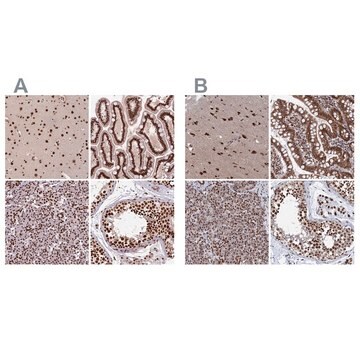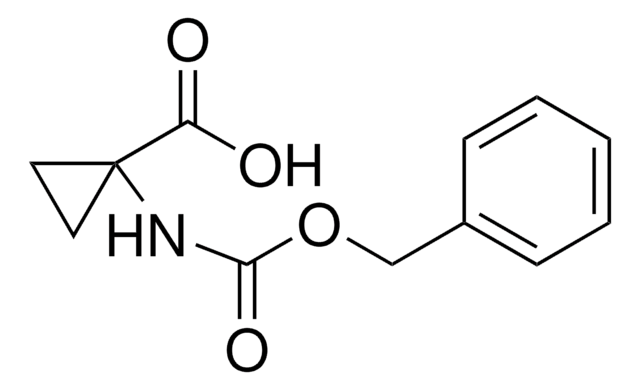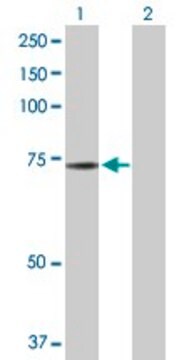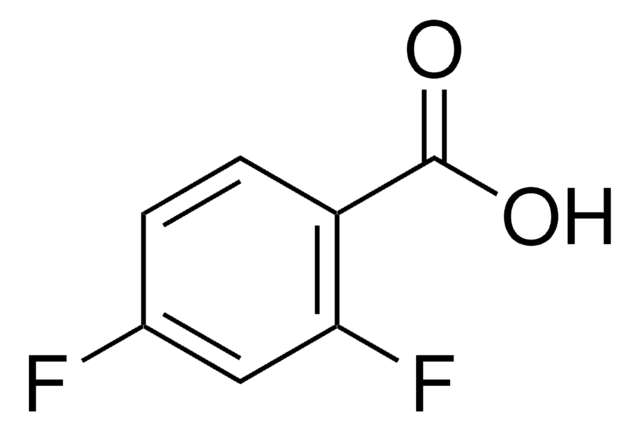推荐产品
化驗
≥98% (TLC)
形狀
powder
顏色
white
SMILES 字串
CSCCC(C)(N)C(O)=O
InChI
1S/C6H13NO2S/c1-6(7,5(8)9)3-4-10-2/h3-4,7H2,1-2H3,(H,8,9)
InChI 密鑰
ZYVMPHJZWXIFDQ-UHFFFAOYSA-N
生化/生理作用
α-Methyl-DL-methionine is a methionine antagonist.
儲存類別代碼
13 - Non Combustible Solids
水污染物質分類(WGK)
WGK 3
閃點(°F)
Not applicable
閃點(°C)
Not applicable
個人防護裝備
Eyeshields, Gloves, type N95 (US)
An evaluation of four commercial HPLC chiral detectors: A comparison of three polarimeters and a circular dichroism detector
Kott, L. et al.
Journal of Pharmaceutical and Biomedical Analysis, 43, 53-65 (2007)
The in vivo metabolic pattern of low-grade brain gliomas: a positron emission tomographic study using f-18-fluorodeoxyglucose and c-11-L-methylmethionine.
T Hölzer
Neurosurgery, 42(5), 1200-1201 (1998-05-20)
K Burgess et al.
Biopolymers, 42(4), 439-453 (1997-10-05)
A comparative study of four peptidomimetics of the sequence Phe-Met-Arg-Phe-amide (FMRFa) was performed to compare the conformational bias caused by trans-2,3-methanomethionine and alpha-methylmethionine stereoisomers. The specific compounds studied were {(2S,3S)-cyclo-M} RFa, F{(2R,3R)-cyclo-M} RFa, F{(S)-alpha-Mem} RFa, and F{(R)-alpha-MeM} RFa. Molecular simulations
A I Magee
Current protocols in cell biology, Chapter 7, Unit 7-Unit 7 (2008-01-30)
This unit provides protocols for prenylation and carboxy-methylation of proteins in cultured cells. These modifications often accompany fatty acid acylation. Cultured cells can be labeled biosynthetically using radiolabeled mevalonate, a precursor, to label intermediates that are incorporated as prenoids--e.g., farnesyl
Junfang Zhao et al.
Physical chemistry chemical physics : PCCP, 11(35), 7629-7639 (2009-12-03)
Methionine, alpha-methylmethionine and S-methylcysteine radical cations have been formed by oxidative dissociations of [CuII(M)(CH3CN)2]*2+ complexes. The radical cations M*+ were trapped, and CID spectra (MS3) of these ions are presented. Fragmentations of the methionine and S-methylcysteine radical cations, initiated by
我们的科学家团队拥有各种研究领域经验,包括生命科学、材料科学、化学合成、色谱、分析及许多其他领域.
联系技术服务部门







